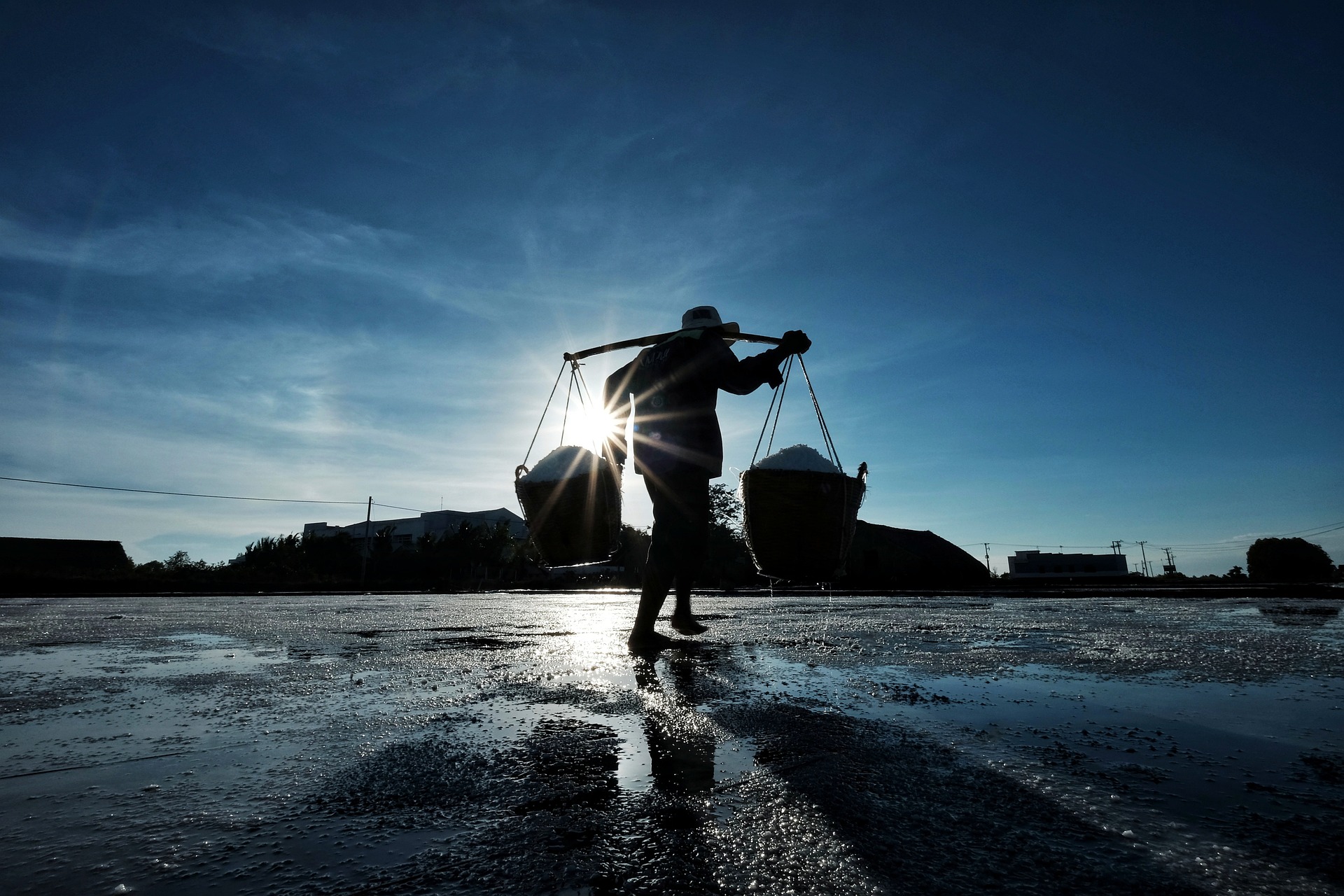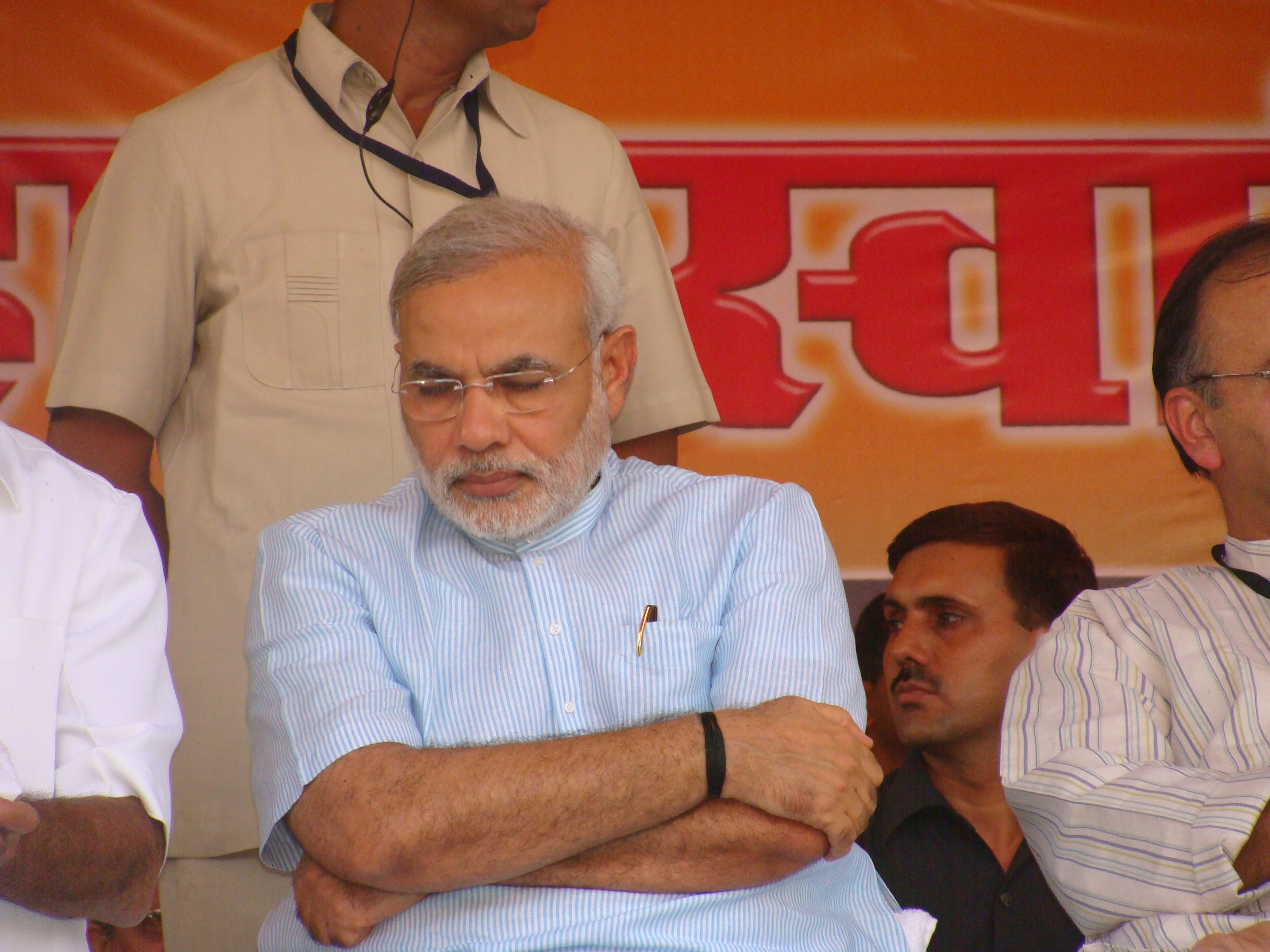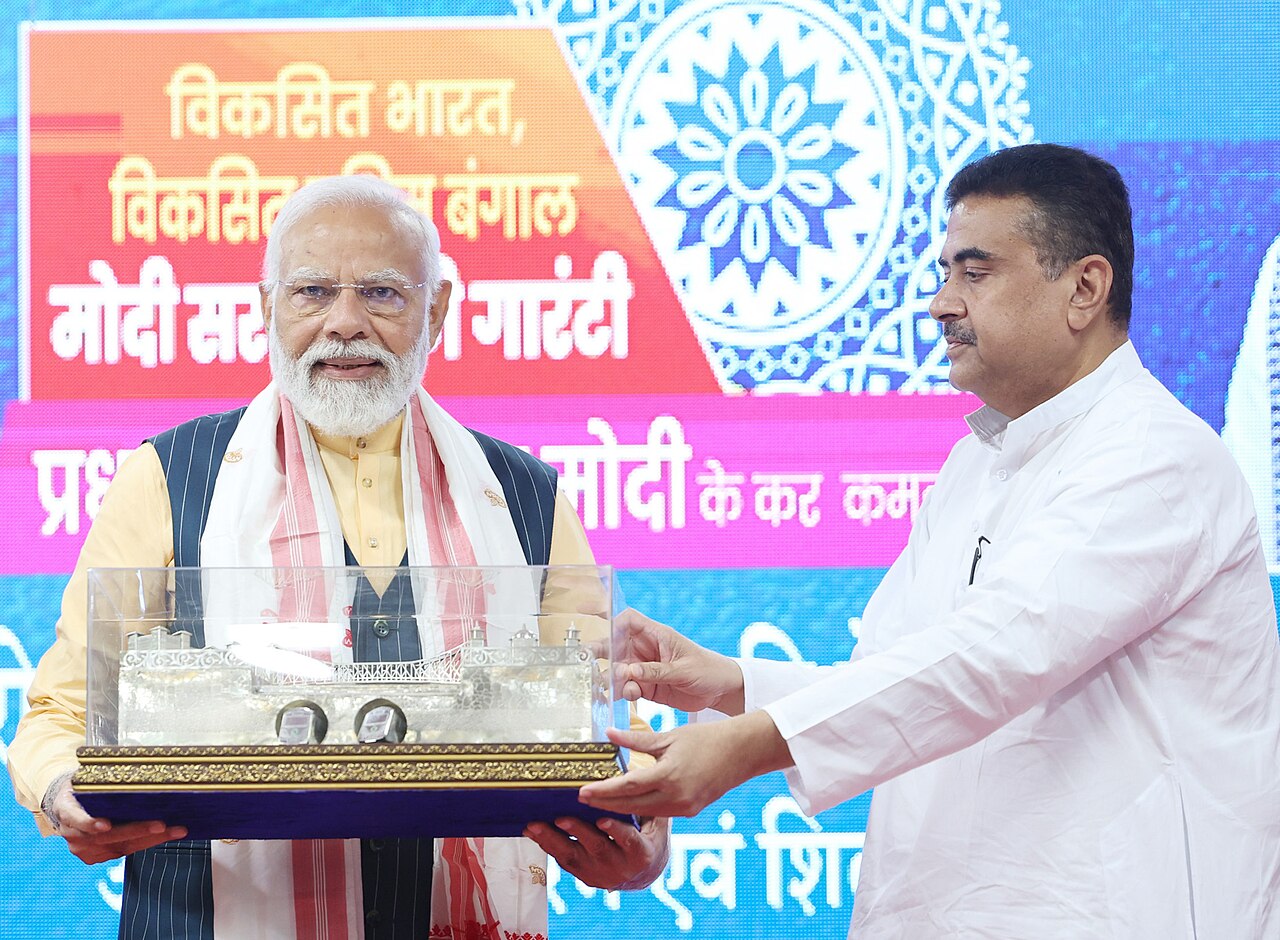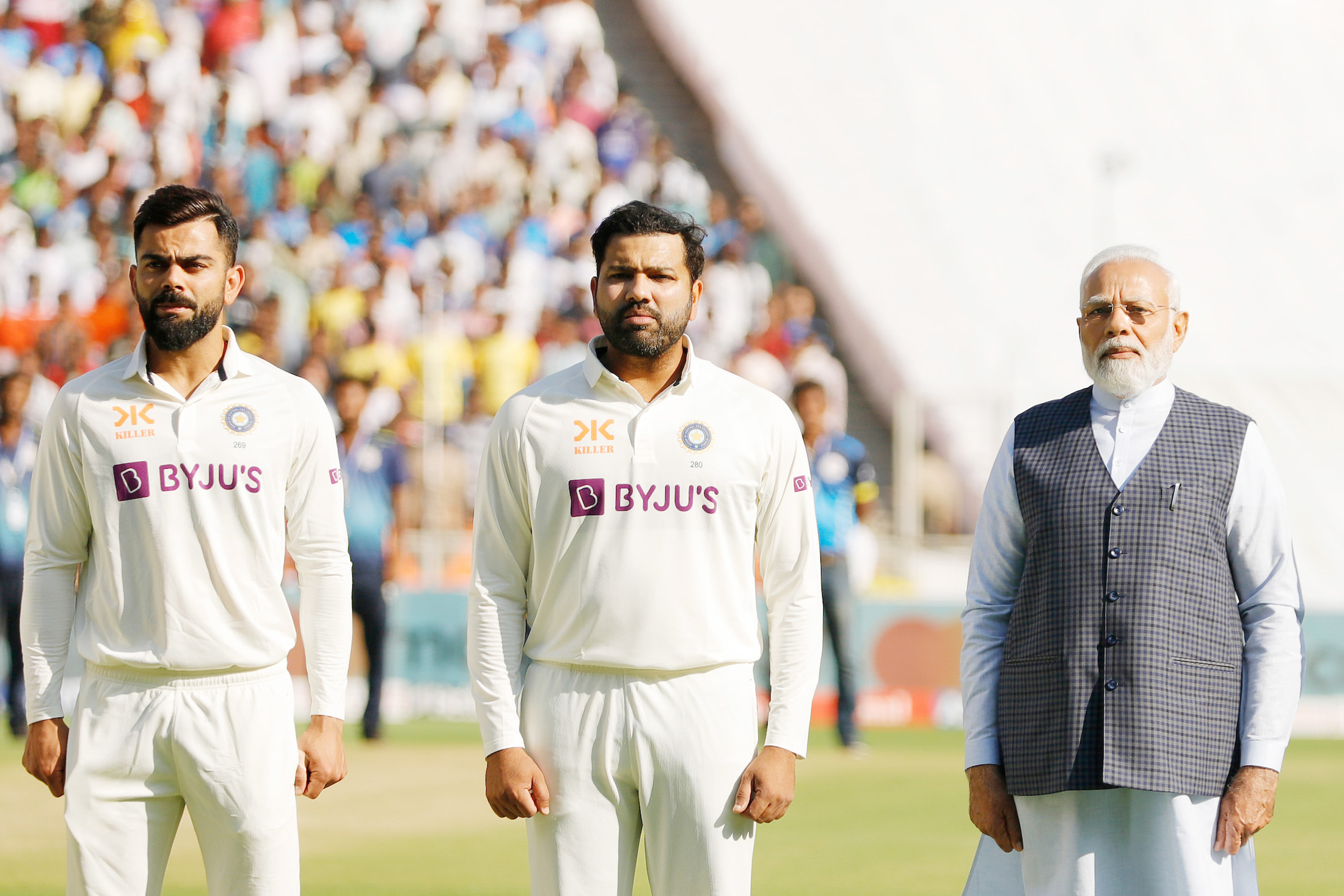A convergence of their economic and strategic interests has the potential to take the Australia-India relationship to the next level.
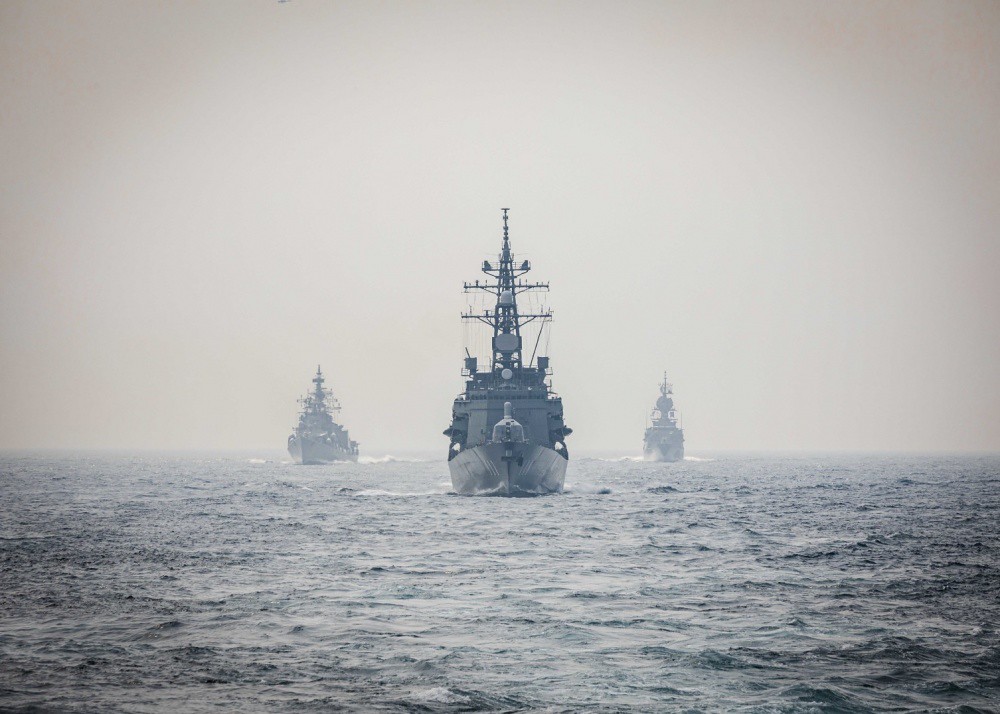 Ships from the Indian Navy, Royal Australian Navy, and Japan Maritime Self-Defence Force make their approach toward the Arleigh Burke-class guided-missile destroyer USS John S. McCain while conducting replenishment-at-sea approaches as part of Malabar 2020. Malabar is an India-led multinational exercise designed to enhance cooperation between these navies. : U.S. Navy photo by Markus Castaneda CC BY-NC-ND 2.0 DEED
Ships from the Indian Navy, Royal Australian Navy, and Japan Maritime Self-Defence Force make their approach toward the Arleigh Burke-class guided-missile destroyer USS John S. McCain while conducting replenishment-at-sea approaches as part of Malabar 2020. Malabar is an India-led multinational exercise designed to enhance cooperation between these navies. : U.S. Navy photo by Markus Castaneda CC BY-NC-ND 2.0 DEED
A convergence of their economic and strategic interests has the potential to take the Australia-India relationship to the next level.
Australia-India relations were long confined to the 3 Cs of curry, cricket and Commonwealth. The continuing rise of a fourth C, China, has changed that.
While both countries earlier acknowledged common interests, they had no urgency to work with each other because there was no complementarity of interests.
The introduction of China into the relationship has changed things. India and Australia now have complementary interests. There is now a strategic dimension to the Australia-India relationship, reflected in Australia’s 2024 National Defence Strategy document released last month.
The document begins by noting that Australia faces its most challenging strategic environment since World War Two, and that “entrenched and increasing strategic competition between the United States (US) and China is a primary feature of our security environment”. Elsewhere, it states that “India is a top-tier security partner for Australia” and talks of a “comprehensive strategic partnership between Australia and India.”
Australia and India are part of the Quadrilateral Security Dialogue, better known as Quad. Japan and the US are the other two members of this group, with a shared interest in a free and open Indo-Pacific — a concept closely linked, by US government entities including the State Department, with containing China’s “military aggression” in that region. Since 2022, they are also part of the new US-launched Indo-Pacific Economic Framework for Prosperity (IPEF) which includes 10 other countries in the Asia-Pacific.
A convergence of their economic and strategic interests has the potential to take the Australia-India relationship to the next level.
Since 2000, trade, investment, and migration (mostly from India to Australia) have picked up pace, and there has been a deepening of people-to-people ties.
However, the relationship continued to fall short of its potential because each country had more attractive partners to explore for further collaboration.
Australia found a ready market for its exports in other Asian countries, particularly China, which was growing rapidly. India, to the extent it was open to trade and investment, looked westwards to Europe and North America. At best, Australia was a third or fourth choice for Indians going abroad, even for education or tourism.
The risk of being over-reliant on Chinese demand has now become clear to Australia. It is seeking to decouple from China, or at least hedge its bets by developing alternative markets. India has the potential to be the natural alternative.
India, meanwhile, has become sharply aware of China as its primary strategic rival, particularly after clashes between soldiers on their disputed Himalayan border since 2020. This has galvanised the leadership in both countries to seek out each other’s cooperation in wide-ranging areas.
In the economic sphere, this resulted in the India-Australia Economic Cooperation and Trade Agreement, signed in 2022. There is a deepening of cooperation in defence, clean energy, education, critical minerals, supply chains, as well as the traditional commodities and agriculture sectors.
Among these, the defence cooperation has the potential to bring a step-change in the Australia-India relationship.
India and Australia are large weapons importers, relying heavily on overseas suppliers for defence platforms and capabilities.
Both countries recognise this as a strategic challenge, especially in light of the growing attention paid to supply chain vulnerabilities post-COVID-19. They have ambitious plans to develop sovereign capabilities in production as well as maintenance of defence equipment.
In the wake of the COVID-19 pandemic, the Narendra Modi-led government in India launched an initiative called Atmanirbhar Bharat to make India self-reliant. Self-reliance in the economy and infrastructure are two pillars of this quest.
An important aspect of this involves manufacturing, for which there was an older campaign launched by the Indian government to “Make in India”. The manufacture of defence items is a key part of this.
Since 2001, when Indian defence manufacturing opened up to private players, many large companies, including Bharat Forge, Mahindra, Larsen & Toubro (L&T), and the Tata Group have been involved in defence manufacturing.
With the objective of ‘Aatmanirbharta (self-reliance) in Defence’ micro, small and medium enterprises and startups are increasingly involved in building and manufacturing defence technology in India.
India’s defence exports are soaring, although the country was also the largest importer of arms in the world between 2019-23.
As the country’s defence industry grows, there are gains to be explored along traditional comparative advantage lines where more labour-intensive production can be located in India while Australia could provide the technical know-how and specialised capital equipment for further development.
India’s English-educated labour force which includes a large number of people with science, technology and mathematics degrees can be of strategic advantage to sustaining such collaborative endeavours. Indians are the second-largest and fastest-growing migrant group in Australia and come with high levels of human capital including STEM-focused skills.
Human connections between the two countries have the potential to enable cooperation and collaboration at the grassroots.
Overall, such collaborative efforts are likely to deliver improved supply chain resilience for the strategically important defence sector and improve potential interoperability, which would be an enabler for the Quad’s success in maintaining a free and open Indo-Pacific.
Professor Mandar Oak is Head of the Department of Economics at Shiv Nadar Institute of Eminence, Delhi-NCR, and Associate Professor at the University of Adelaide, Australia.
Originally published under Creative Commons by 360info™.




